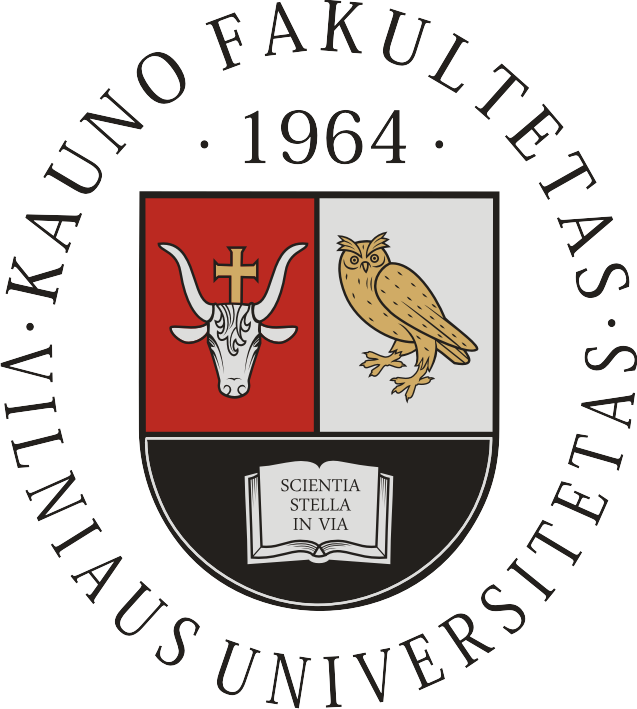Transformations in
Business & Economics
- © Vilnius University, 2002-2024
- © Brno University of Technology, 2002-2024
- © University of Latvia, 2002-2024
Article
FOREIGN DIRECT INVESTMENT, POPULATION MOBILITY, AND CHINA’S ECONOMIC GROWTH: A STRUCTURAL VECTOR AUTOREGRESSIVE APPROACH7
Chao Wei, Wenxuan Wei, Mingwei Li
ABSTRACT: Foreign direct investment (FDI) and population mobility (FP) are key to promoting stable economic growth. To explore the impact of FDI and FP on China’s economic growth and to address the challenges, drawing on regional economic development theories for a theoretical analysis framework, and using data on China’s FDI, FP, and Gross Domestic Product (GDP) (2008-2023) and the Structural Vector Autoregressive (SVAR) model, the relationship between FDI, FP, and China’s economic growth is analysed. The results show that FDI, FP, and China’s economic growth have a mutual influence effect. Economic growth and FP have a higher short-term influence, while FDI has a stronger long-term influence. The influence of economic growth and FP requires stabilisation and guidance. The conclusions provide a novel perspective for understanding the driving forces of China’s economic growth and provide a reference for optimising regional economic development.
KEYWORDS: foreign direct investment; population mobility; economic growth; SVAR model.
JEL classification: M14, L25, C12.
7Acknowledgments: This study was supported by Xinyang Normal University Young Backbone Teachers Support Project (2022GGJS-01), Henan University Humanities and Social Science Research Project (2025-ZZJH-159), Science and Technology Planning Project of Henan Province of China (242400411130), the Henan Province Undergraduate Colleges Young Backbone Teachers Training Program (2023GGJS098), the Henan Province Graduate Education Reform and Quality Improvement Project (YJS2024AL102).

